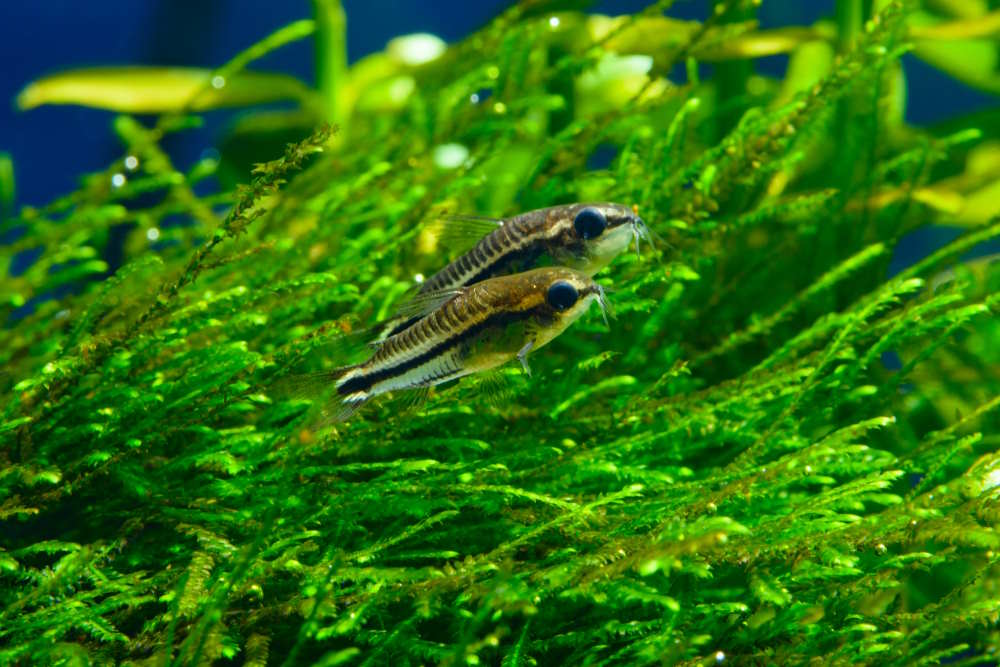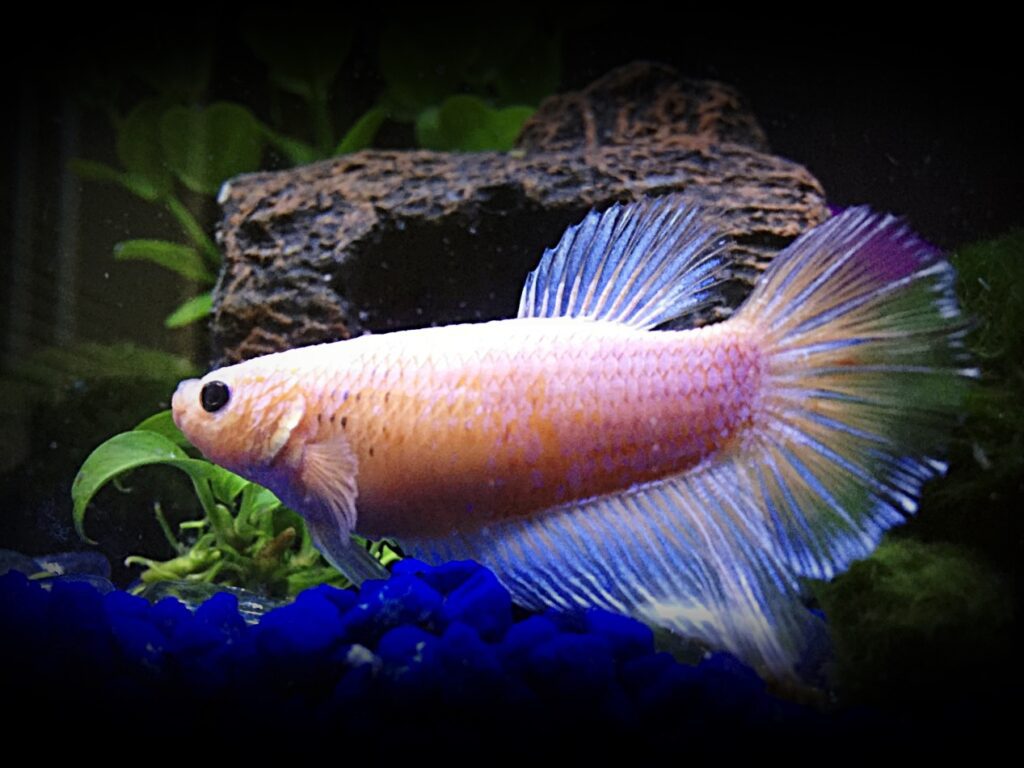
It’s important to keep our aquariums within a certain temperature range to make sure the fish and other aquatic creatures we keep are happy and healthy. Too high or too low, and our aquatic pets will suffer. The temperature range that’s best for each creature depends on what part of the world they’re native to. Tropical fish, for example, do best between 75° and 80°F, goldfish and other “cold-water” species prefer temperatures below 70°F, and temperate fish can be found in habitats that overlap tropical and cold-water realms.
Fish are cold-blooded – aka ectothermic or poikilothermic – animals, meaning they cannot control their body temperature. Instead, they rely on the temperature of their environment to regulate their metabolisms and activity levels. When it’s too cold, they’re less active, their appetite is reduced and their immune systems are compromised, making them more susceptible to disease.
When it’s too warm, their metabolisms and breathing speed up, and they use more oxygen. The problem is, as water warms up it holds less oxygen, which further stresses the fish. Once again, they become more susceptible to disease, and in extreme cases, they can experience organ damage or even suffocate. Making matters worse, above 90°F, the beneficial bacteria that maintain balance in an aquarium begin to die, creating the potential for dangerous ammonia and nitrite spikes.
In the Wild
Water temperature in nature isn’t always constant. In fact, it can fluctuate quite a bit. Some days are sunny, some are cloudy. There may be seasonal changes as you get further away from the equator. Sometimes it rains, which can cool things down considerably. The water near the surface is usually quite a bit warmer than just a few feet below. And what happens when the sun goes down at night?
There are two major differences between natural habitats and our aquariums when it comes to temperature. First, fish in the wild can usually move to a more desirable spot if they don’t like the temperature. And second, temperature changes tend to occur gradually in nature due to the massive volumes of water involved, so fish have time to adapt, or move. Not so in an aquarium.
In the Aquarium
Unlike nature, where water temperature can vary in different micro-habitats, the temperature in an aquarium tends to be uniform throughout the tank. Aquarium fish can’t move from a less favorable spot to one that’s more comfortable if the temperature is outside their preferred range. In addition, temperature changes are often more extreme and happen much more rapidly in an aquarium, giving our fish less time to adapt.
Fish that are kept at the wrong temperature long-term may not grow as large, their colors may be muted, they may be less inclined to breed, and they may not live as long. A sudden drop in temperature is often linked to the onset of Ick and other parasite outbreaks.
Maintaining Proper Temperature
Now that we understand how important maintaining proper water temperature is for our fish, let’s look at how to achieve it:
- Avoid placing your aquarium near sunny windows, exterior doorways, heating and air conditioning vents, fireplaces and drafty areas that can affect water temperature.
- Choose a quality heater that is designed for your tank size. (Large aquariums may require more than one heater.) Use the Aqueon Heater Guide to select the right size heater for your aquarium.
- Make sure there is adequate circulation around your heater to ensure even heat distribution. (This will also prolong the life of the heater.)
- Install an accurate thermometer and check it regularly to make sure your heater is maintaining the right temperature.
- When performing water exchanges, match the temperature of replacement water as closely as possible to your aquarium.
Heating an aquarium is relatively straight-forward, but what happens when hot weather makes your aquarium too warm? Dialing the A/C down a few notches can be expensive, and what if you don’t have air conditioning? An easy solution is to open the tank lid and direct a fan across the water surface to create evaporative cooling. (Lower the water level slightly to prevent fish from jumping out.) Aquariums with cold-water fish or sensitive corals may require a chiller. For additional tips on cooling your aquarium, visit How to Keep Your Aquarium Cool in Summer Heat.
Mixing Different Fish
When stocking your aquarium, choose fish whose preferred temperature ranges match the temperature of your tank. Things can get a little tricky, however, when the upper limit of one species coincides with the lower limit of another. Trying to find a happy middle ground may stress both fish because one is always a little cold, and the other is a little warm. While they may tolerate the situation, neither of them will thrive. Always set your heater for the middle of your fishes’ preferred temperature range and choose fish that share the same temperature requirements.
Maintaining a stable temperature that matches your fishes’ needs isn’t difficult, and your fish will thank you for it!
Source: https://www.aqueon.com/






